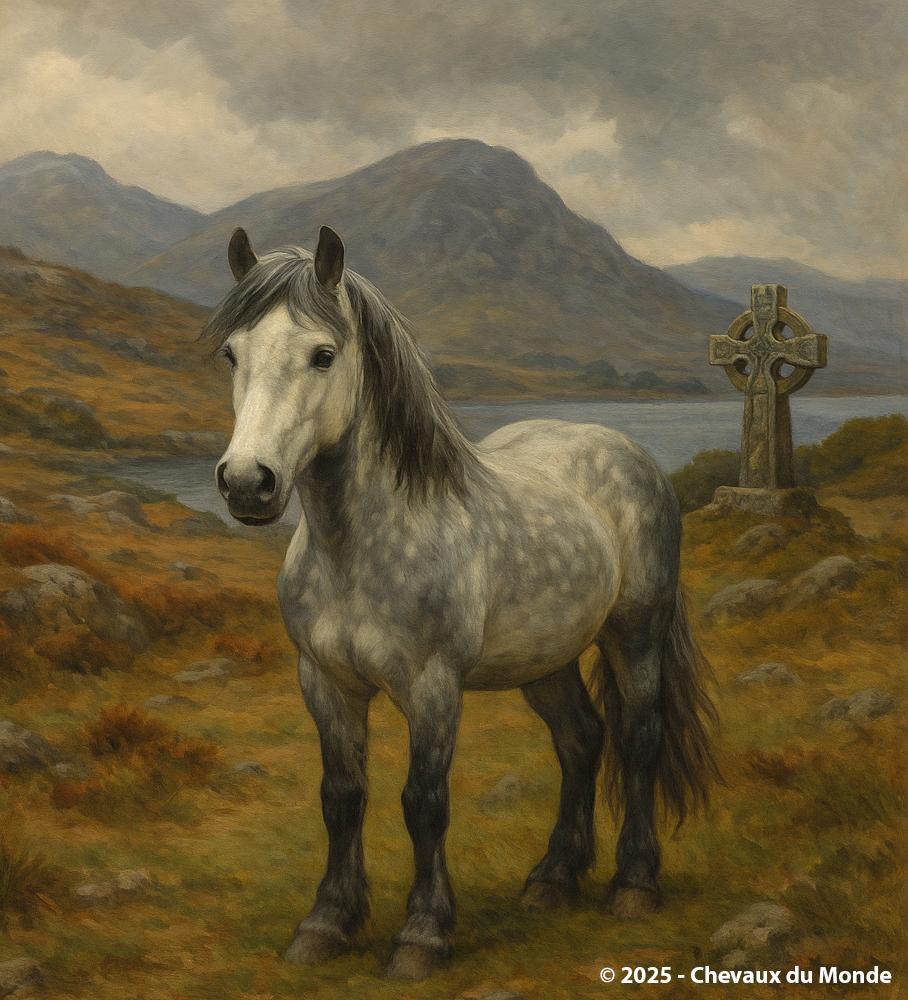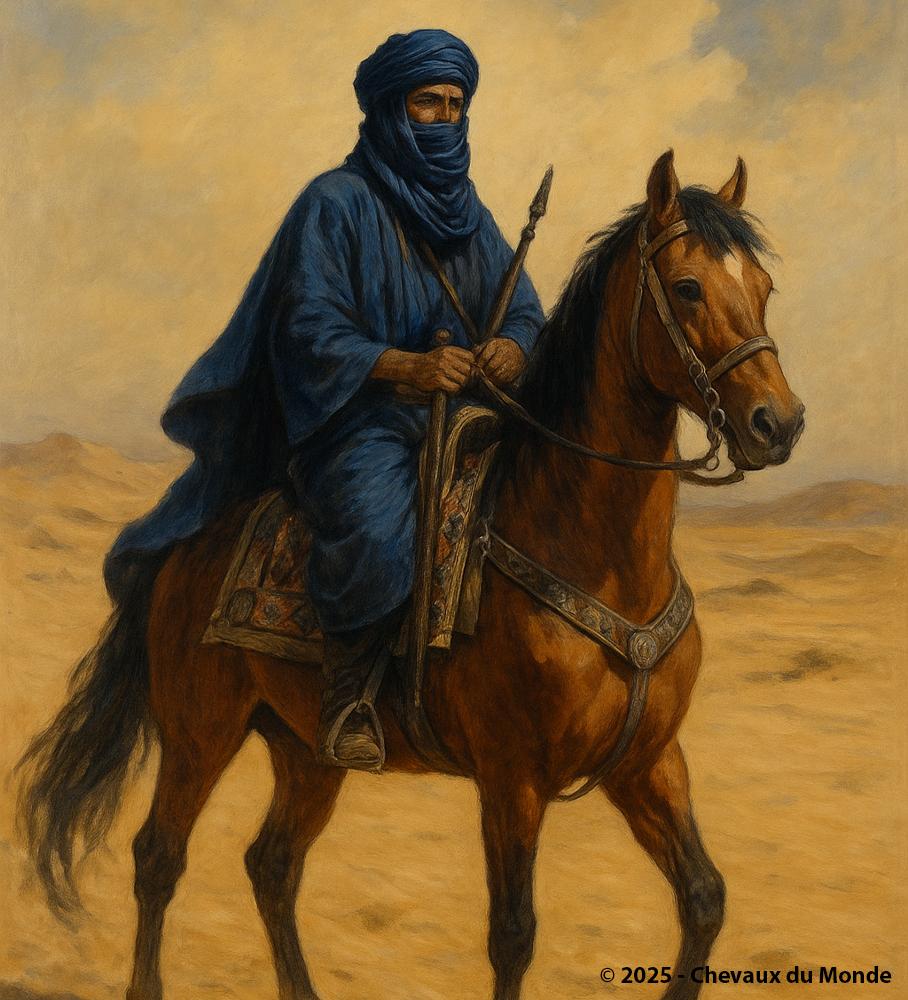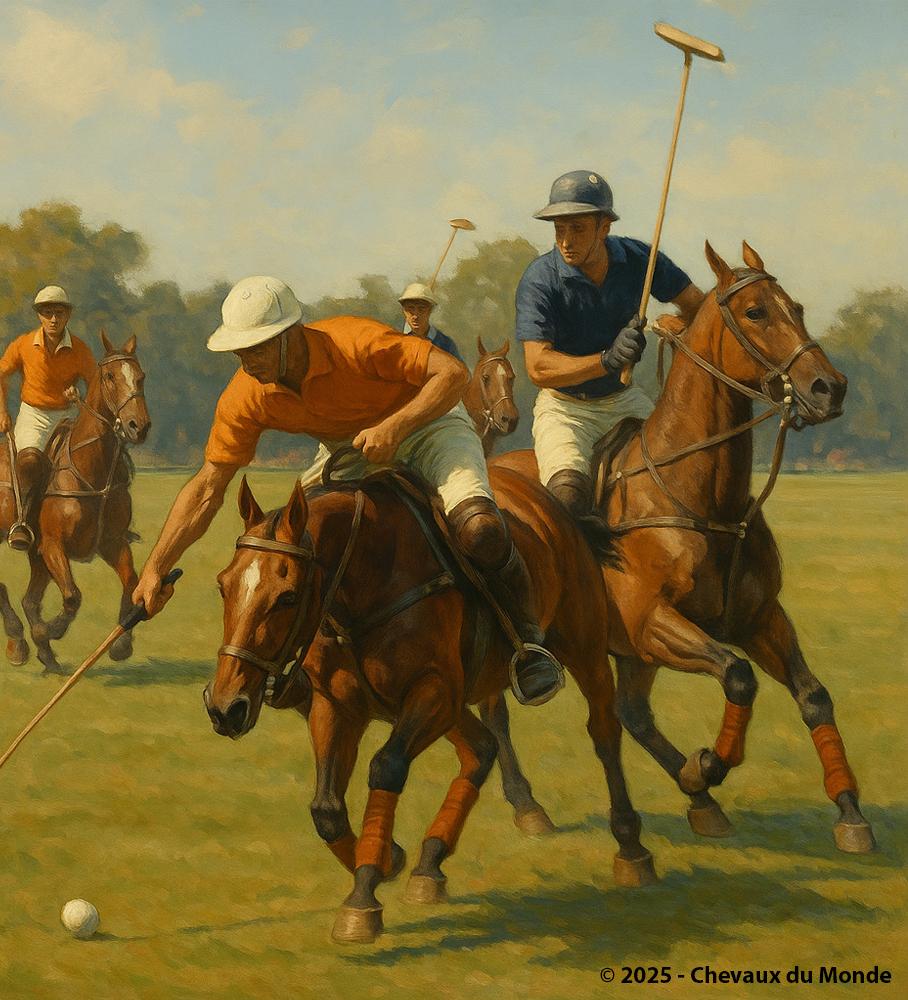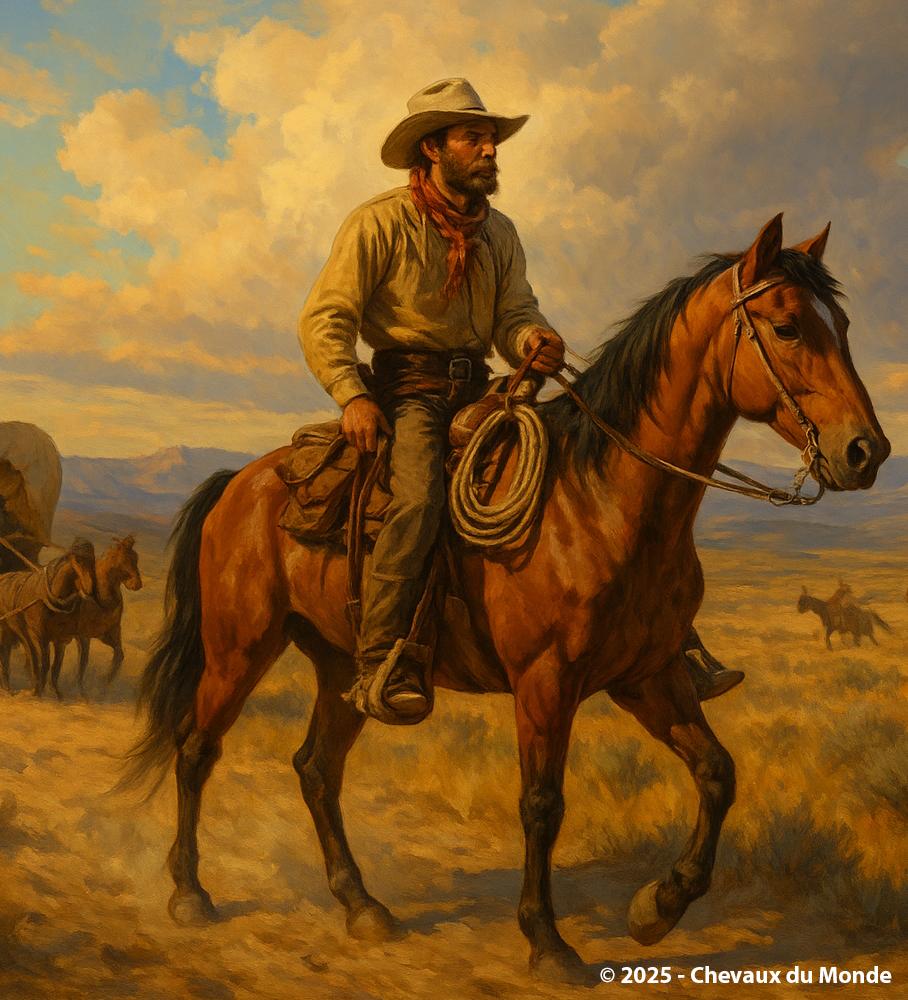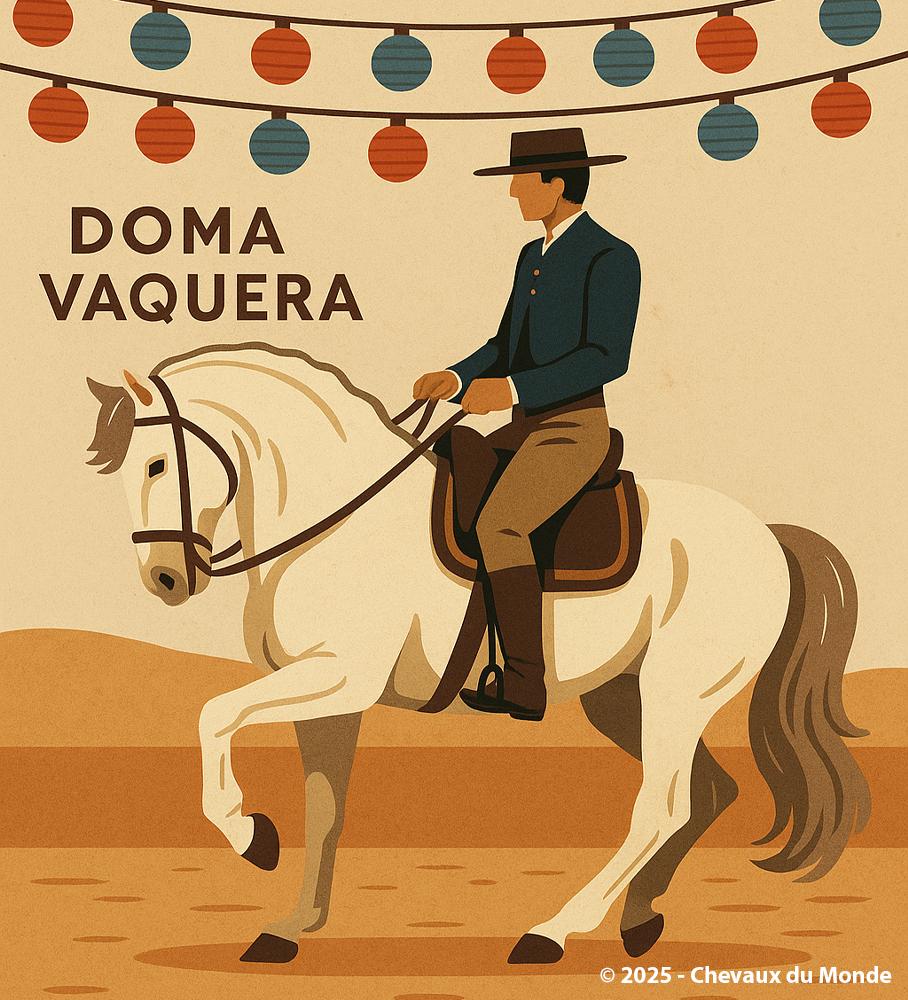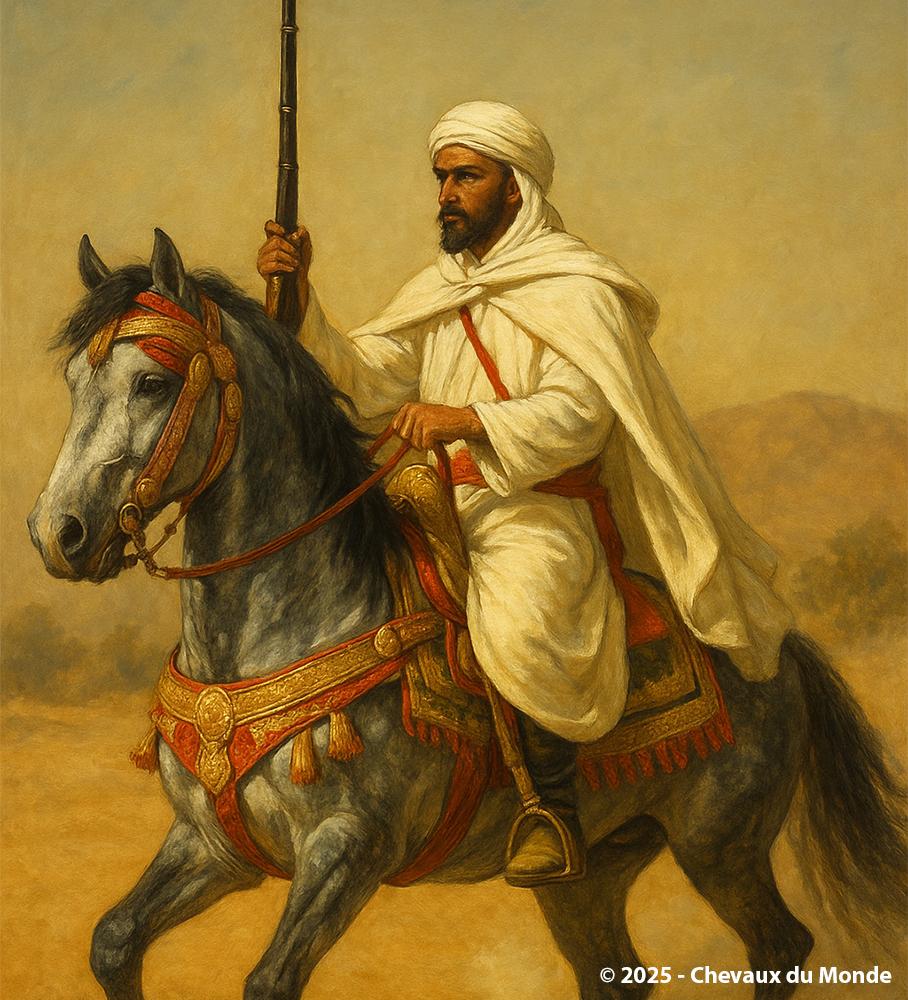INDIA AND THE MARWARI: CURVED-EARED HORSE AND ROYAL SYMBOL
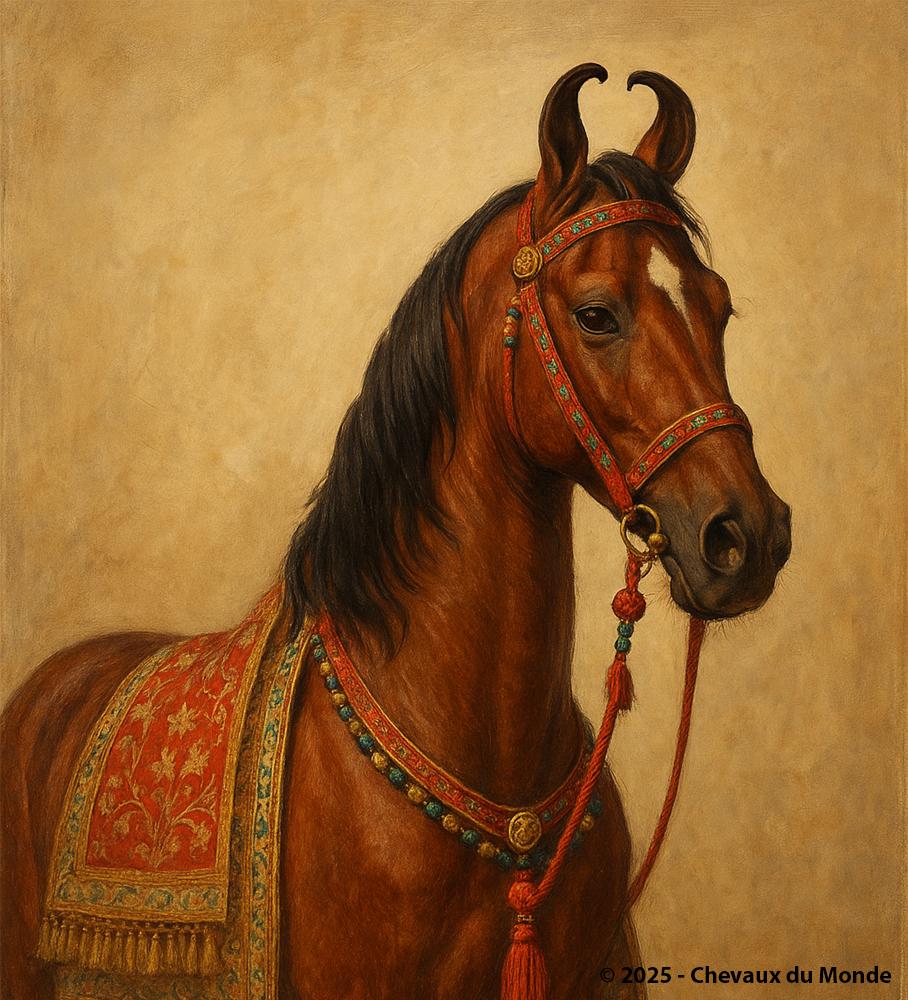
The Marwari, India’s equine jewel: its curved ears and regal bearing make it a symbol of Rajasthan’s royal heritage.
A horse intimately tied to royalty
The Marwari is considered the horse of kings. Since the 16th century, it was bred and selected by the Rajput clans of Rajasthan, a warrior and aristocratic caste that admired it above all.
- Each noble lineage maintained its own Marwaris, carefully kept in the royal stables.
- They were adorned with sumptuous ornaments, embroidered caparisons, and jewelry during ceremonies and princely weddings.
- In iconography and frescoes, the Marwari is often represented alongside maharajas, underlining its status as the royal mount par excellence.
Symbol of bravery and loyalty
The Marwari was not only a sign of prestige but also a trusted war companion.
- Its legendary loyalty is celebrated in many legends: it was said to never abandon its rider, even if wounded or dying.
- The curved ears, unique in the world, were seen as a sign of divine protection.
- In Rajput tradition, a Marwari horse was considered a gift from the gods, worthy of accompanying warriors into the afterlife.
"The Marwari was not a mere horse, it embodied the bravery, honor, and dignity of its rider."
Refined and royal morphology
The Marwari reflects its noble status through its elegant and proud appearance:
- Height: between 1.52 m and 1.63 m.
- Curved ears: the breed’s signature, symbol of its sacred nature.
- Gait: proud bearing, arched neck, and graceful silhouette.
- Coats: certain colors are considered auspicious in India (e.g., bay with white markings), while others, like plain chestnut, were seen as unfavorable.
- During royal ceremonies, only Marwaris judged as “pure and favorable” were allowed to parade.
The Marwari in culture and traditions
- The epic songs of Rajasthan praise heroic warriors riding courageous Marwaris.
- During great festivals such as Diwali or wedding processions, richly decorated Marwaris were at the center of the parades.
- They also appeared in royal rituals, particularly when welcoming high-ranking guests.
Decline and revival of a symbol
After India’s independence in 1947, the end of the feudal system and the decline of princely families led to a dramatic decrease in the breed. Many Marwaris were abandoned or crossbred.
In the 1990s, thanks to passionate breeders and the Marwari Horse Society of India, the breed regained its emblematic status, now seen as a living cultural heritage of India.
A living emblem of Rajasthan
Today, the Marwari remains a national pride and a cultural ambassador:
- it still takes part in official ceremonies and royal parades,
- it has become a touristic and cultural attraction of Rajasthan,
- and it is recognized worldwide as a sacred and royal horse.
👉 [See the breed profile: Marwari Horse]

